Temperatures in the Arctic are warming fast, twice to three times as much as the global average, according to the latest climate news of Sky News in twitter. The thawing of the permafrost is causing massive soil erosion along the arctic shores and coastlines, releasing powerful greenhouse gases into the atmosphere. Permafrost may be a foreign concept to many, but according to Diana Magnay, Moscow correspondent for Sky News, this is something of a big deal in Russia since 2/3 of the nation is covered by permafrost. As the permafrost melts, it causes more buildings to collapse. Peoples’ houses crumbling because of permafrost degradation is quite alarming and if thawing continues at this rate, the effect will be disastrous.

Permafrost refers to any kind of ground that has been frozen continuously for more than two years, down to the extent of millions of years. It can be found anywhere below the surface of the earth, from a few feet to more than a mile deep. It can cover entire regions, such as the tundra in the Arctic, or be an isolated location, such as a mountaintop of alpine permafrost.
As the permafrost melts, it causes not only damage to houses and buildings but it releases greenhouse gases, methane, and carbon dioxide, which cause the planet to warm up further.

In other words, if the permafrost continues to thaw, it won’t just be Russia’s problem but will affect everyone on the planet.
According to www.healthplanet.com, there are over 100 ways to stop global warming and heal the planet. It isn’t necessary to do all 100; just a few things will be enough. It is always better to do something than to do nothing. Therefore, by using fewer single-use plastic products, reducing the consumption of animal products, and recycling consciously, you can do your part to save the planet.


Add Comment